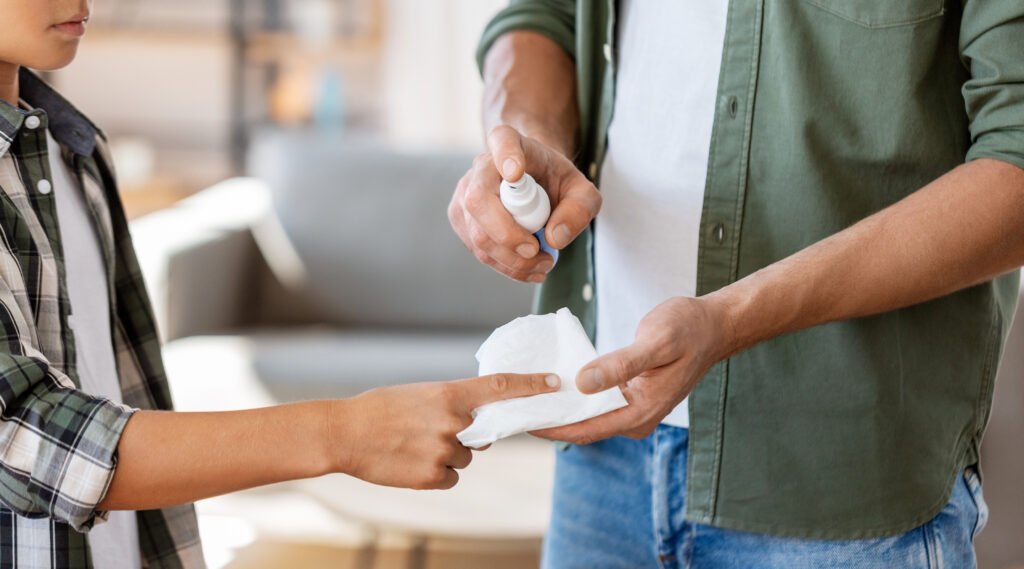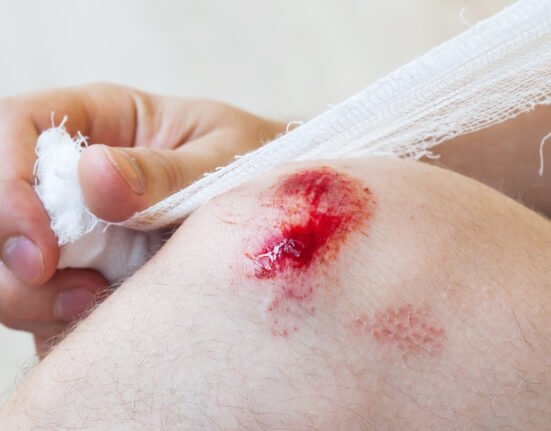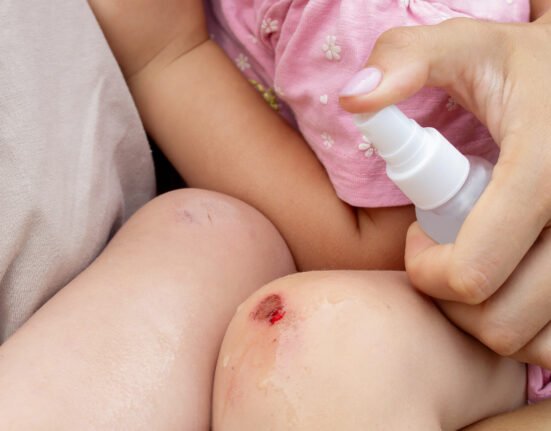After surgery, the healing journey isn’t over yet. There are several important steps you should follow to help your wound heal quickly, prevent infection, and minimise scarring.
1. Follow your doctor’s instructions
It might sound simple, but your doctor’s advice is not just a formality.
For example, if your doctor tells you not to lift heavy objects for a few weeks, it’s to prevent stitches from tearing, bleeding, or delaying internal healing.
Even if you feel physically better, the tissues inside your body still need time to recover.
2. Eat nutritious foods
Wound healing is greatly affected by the nutrients you consume. Make sure your daily meals include:
- Protein (chicken, fish, eggs, tempeh, tofu) for new tissue formation.
- Vitamin C (oranges, kiwi, bell peppers) for collagen production.
- Vitamin B12 & Iron (red meat, liver, spinach) for red blood cell formation.
- Fiber & Probiotics (vegetables, fruits, yoghurt) for smooth digestion.
3. Clean the wound as directed by your doctor

Keeping the wound clean is key to preventing infection.
- Use a soft cloth or sterile gauze dampened with mild soapy water or sterile saline solution.
- Gently dab or wipe around the wound area.
- Avoid strong antibacterial soaps, alcohol, iodine, or hydrogen peroxide, as they can irritate the skin and slow down healing.
- Do not apply creams, lotions, or herbal remedies without your doctor’s approval.
If there’s any discharge (such as pus), your doctor may recommend flushing it with a syringe filled with saline solution.
Afterwards, dry the area with clean gauze or a cloth.
Use wund+™ Wound Spray to gently and safely clean wounds, helping reduce the risk of infection.
Once the wound starts to dry, wund+™ Regeneration Cream can support skin regeneration and faster recovery.
4. Keep the wound dry in the early stage
- First 24 hours: Avoid getting the wound wet.
- Day 2 onward: You can usually shower, but confirm with your doctor first. Showering is better than soaking in a bath.
- Use a waterproof dressing if necessary.
- After bathing, gently pat the wound dry with a clean towel — do not rub.
5. Watch for signs of infection
Contact your doctor immediately if the wound becomes increasingly painful, turns red and swollen, oozes foul-smelling discharge, or if you develop a fever.
References
Mount Elizabeth. Accessed in 2025. 10 Ways to Fast-track Your Recovery after Surgery
WebMD. Accessed in 2025. How to Take Care of Your Wound After Surgery














Leave feedback about this